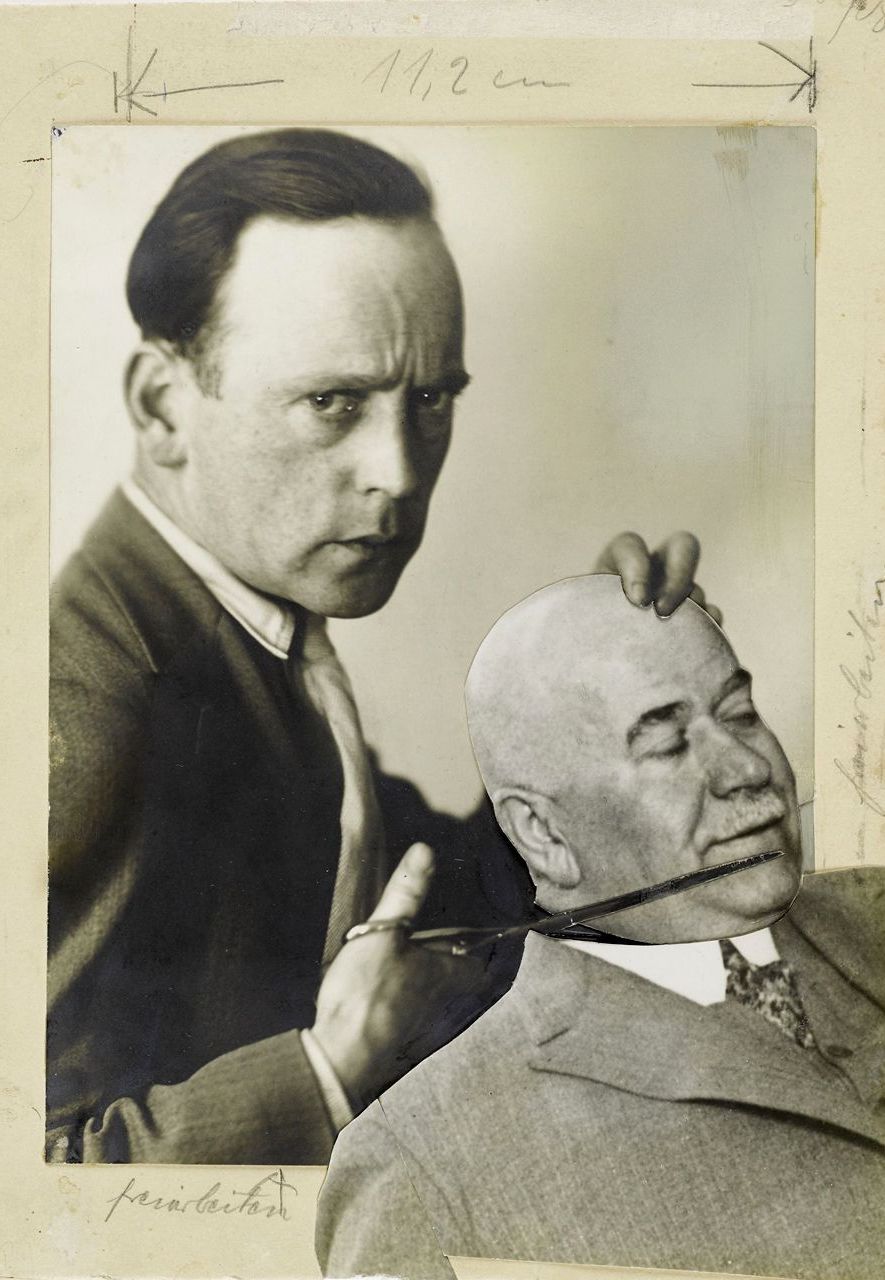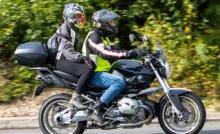I
In a striking photomontage from 1929, the artist John Heartfield stares forcefully at his viewers while cutting off the head of Berlin’s police chief, Karl Zorgiebel, with a large pair of scissors. “Use photo as a weapon!”, the title of the image implores. In this case it was wishful thinking about a man who had ordered the brutal beating of protesting workers. But Heartfield would indeed turn his photomontages into powerful weapons, and against a far more formidable foe: Adolf Hitler. In the years leading up to World War Two, and as the National Socialists attempted to manipulate public opinion with their powerful propaganda machine, Heartfield exposed the truth behind their lies with his ingeniously crafted images and became one of the most important and innovative artists in the fight against Fascism.
More like this:
– The climate clues hidden in art history
– The images inspired by protest
– How a painting fought Fascism
Born Helmut Herzfeld in 1891, Heartfield originally trained in advertising but the senseless destruction of World War One radicalised him both politically and aesthetically. He adapted the anglicised version of his name in defiance of the anti-English sentiment then sweeping through Germany. And he began experimenting with the perception-altering powers of photomontage together with his friend, the artist George Grosz, in 1916. The art form – where two or more photos are combined to create new images – would become central to their practice within Berlin Dada. The pair joined the art movement in 1917, where they would meet fellow photomontage artist Hannah Hoch.





